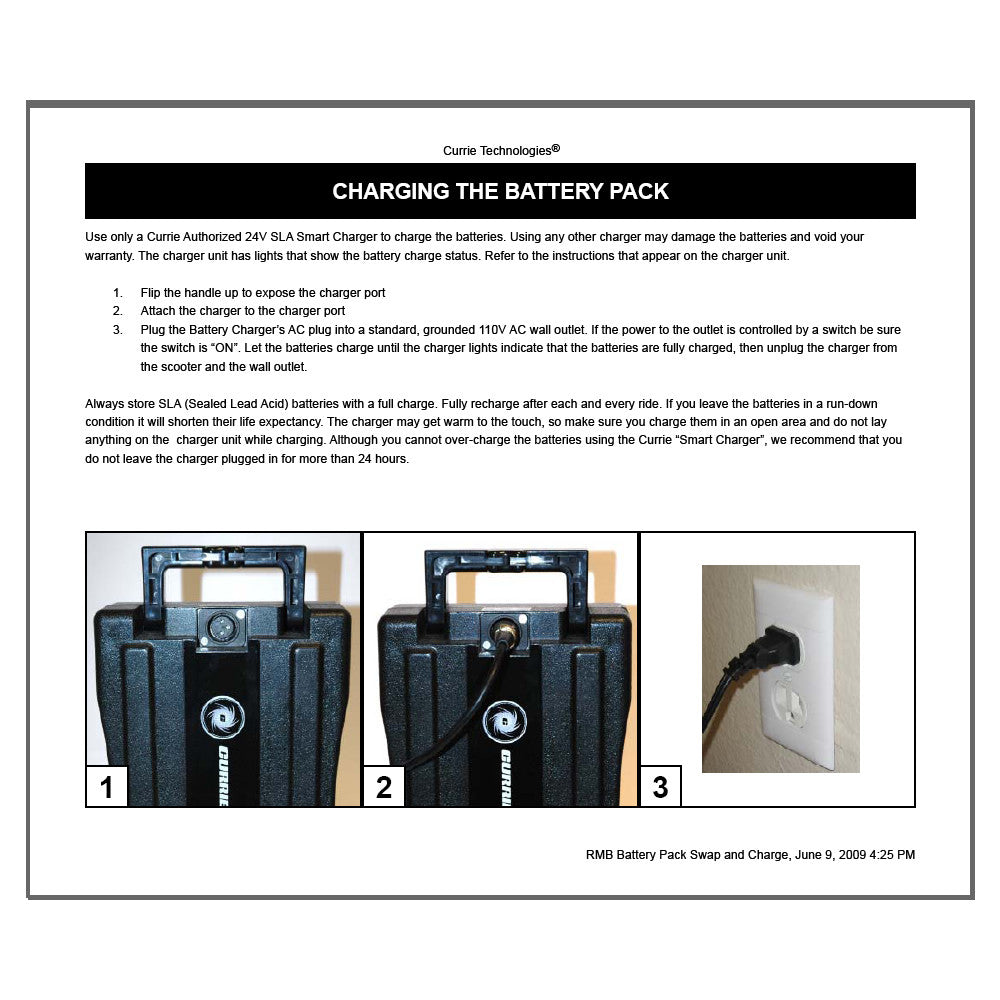

A multimeter cab show if there is a problem. It is advisable to use a 4.5-5 V DC power source along with the multimeter. What should you do if you find your electric scooter throttle is not working correctly? It means that the speedometer is the real cause for the trouble. Do not delay: a lousy fuse can cause a lot of problems. This can be because of the common error of overcharging.Ĭheck the circuit with a multimeter and find out if it is working correctly.

There is a small chance that something with the fuse has gone wrong. If it is not the motor and the battery, then check the fuse. If you identify the problem is with the charger or the battery, you can quickly get those replaced.

Longer rides can cause problems for the battery. Is your charger charging the battery or not?Ĭheck the indicator and give it some time to be sure. The next step is to check whether the battery of your electric scooter is working correctly. If your motor seems to be doing fine then, the next possible problem might be the power source. Under such circumstances, you need to change your motor. If you can smell something burning, then it seems you have found the problem. You can check this by touching or smelling the engine. There could also be a short circuit in the motor. If not, then there is also a slight chance that the coil has overheated. If you find loose wires, then put them back correctly. Pick up each wire and patiently check to see if there are loose or disconnected wires. If you are having a problem starting it, then check the engine. The motor is the main component that keeps your electric scooter moving. If the multimeter shows the key switch is properly functioning, move on to check the other components. It may start, but if not, then check it with a multimeter. There is a high chance the switch is a little loose. If your scooter is not responding, then put the power key in and click it from off to on and back off again few times. We tend to look for complicated problems, but most of the time, the problem is right in front of us. Whenever your electric scooter gives you trouble, start looking for the problem by checking the power switch. If it still does not start, you can check through the following steps and find out the real problem. Just push the scooter for a few yards, and it might ignite the engine. Sometimes, you can troubleshoot that easily. The very first thing you can do is to try pushing it along for a short distance. Suppose your scooter does not start with your switch key. I am sharing a few tips that will help you to identify the issue. So, if your electric scooter is throwing tantrums, you should inspect it properly and look for the root cause. To find a solution to the problem, you first have to know what the problem is. When one of our electrical gadgets is having a problem, we tend to get irritated and take it straight to the repair station without trying to figure out the problem first. Here are step-by-step instructs to check what your problem is and instructions to repair it.
#EZIP 400 BATTERY REPLACEMENT HOW TO#
Perhaps your motor is slowing down? I understand what is going on with your scooter and have a super-easy guide on what problems you may face and how to fix your electric scooter on your own. You might have problems starting the scooter. If you regularly use your electric scooter, then there is a chance you may run into some operational issues. The best part is, they have controlled speed, are environmentally friendly, and offer an excellent transportation alternative for short distances, including for students on college campuses or commuters. The electric kick-and-push scooters are great fun to ride and are very easy to maintain. There is a range of electric scooters available from kids to adults. They are no longer only for kids there are some electric scooters with incredible firepower out there that attract adults too. These fast, trendy scooters attract all age groups. A quick ride around the neighborhood with the wind in your hair can change your mood for the better for the rest of the day.


 0 kommentar(er)
0 kommentar(er)
